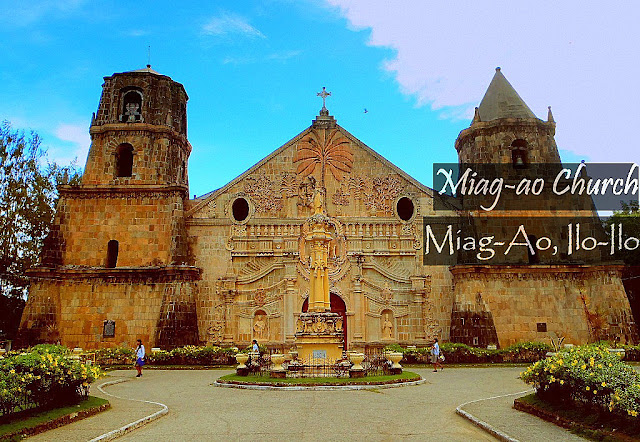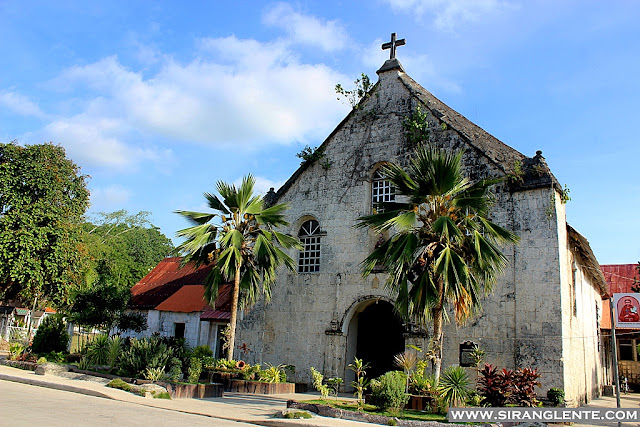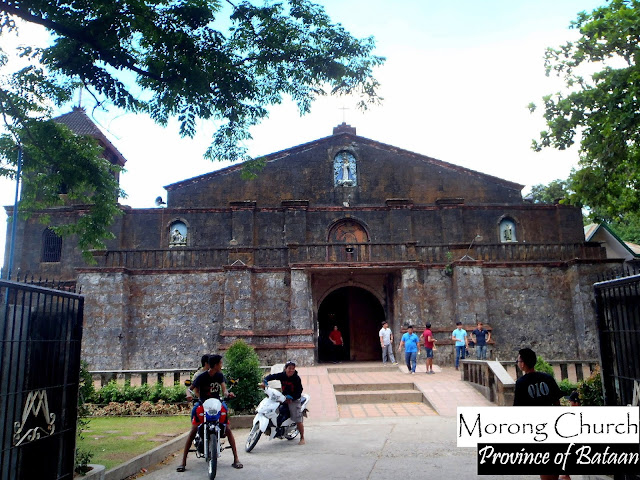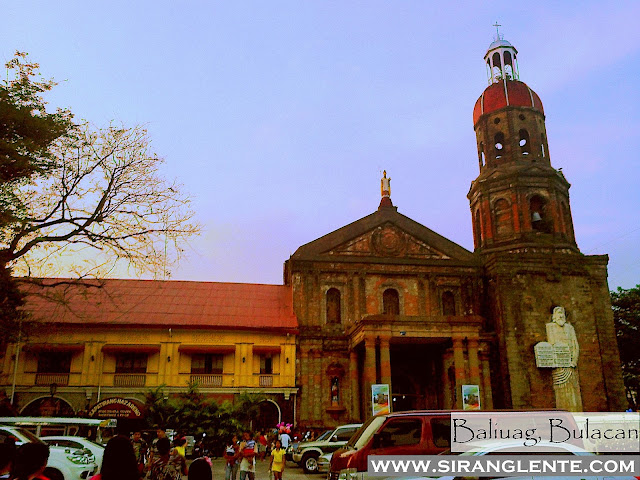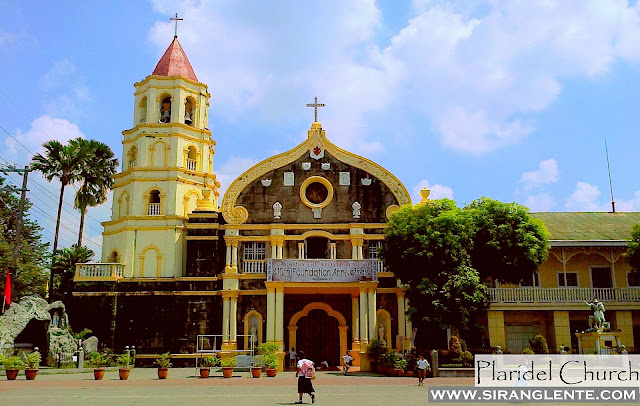
The San Diego Pro-Cathedral, formerly known as San Diego Parish Church or St. Didacus Parish Church, was declared a pro-cathedral in 1994. It is the only church in Silay City that features a dome, which is like St. Peter's in Vatican City. It was established in 1776 using bamboo, cogon grass, and nipa palm. Then it was in 1841 when this parish was constructed using stone and wood, led by Fr. Eusebio Locsin. A grander structure was made in 1925 and replaced the old church. A wealthy sugar baron, Don Jose R. Ledesma from Silay, donated some of the funds for building the new structure. Lucio Bernasconi, an Italian architect, was chosen to design the new structure, wherein he took inspiration from Italy.

